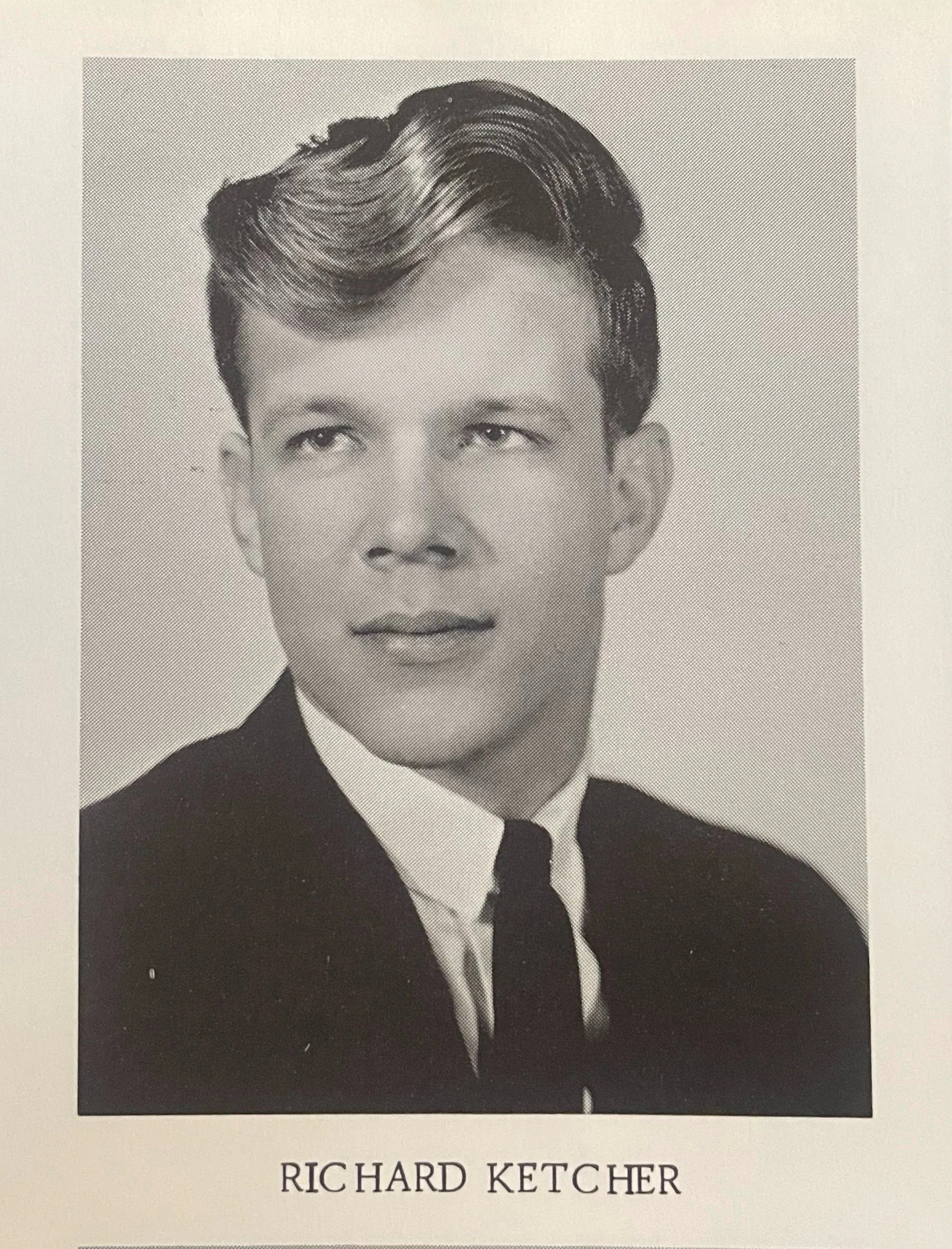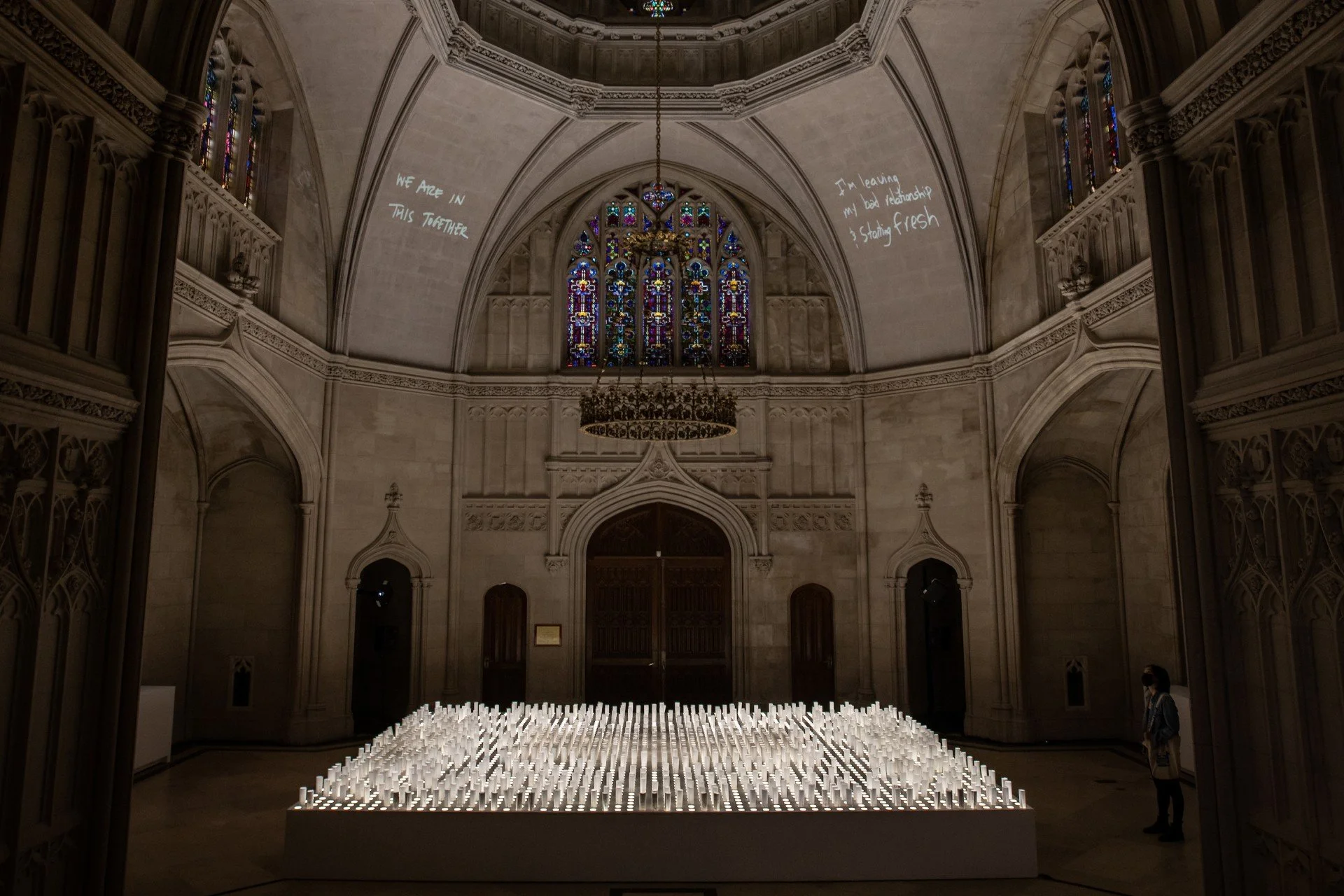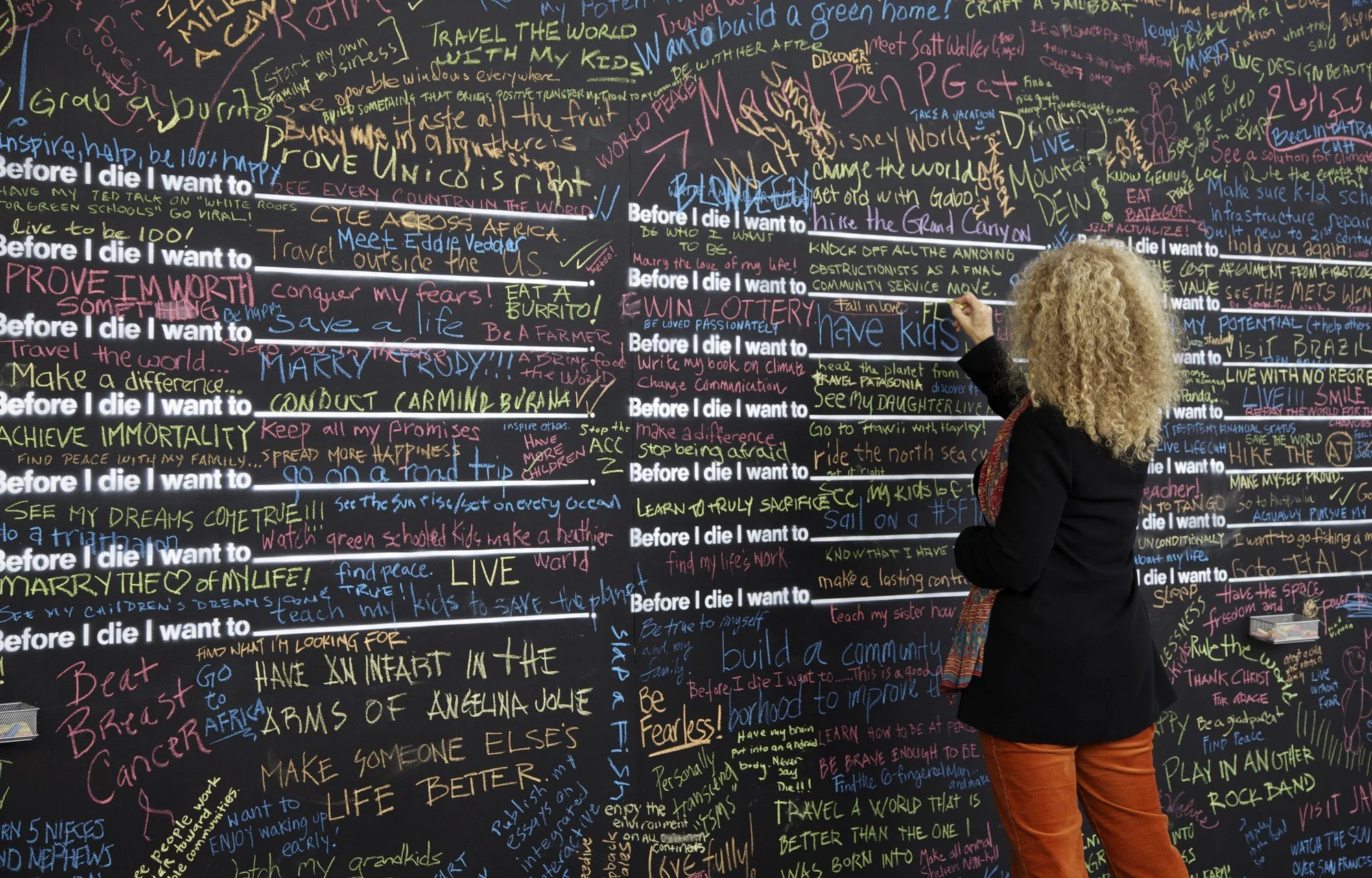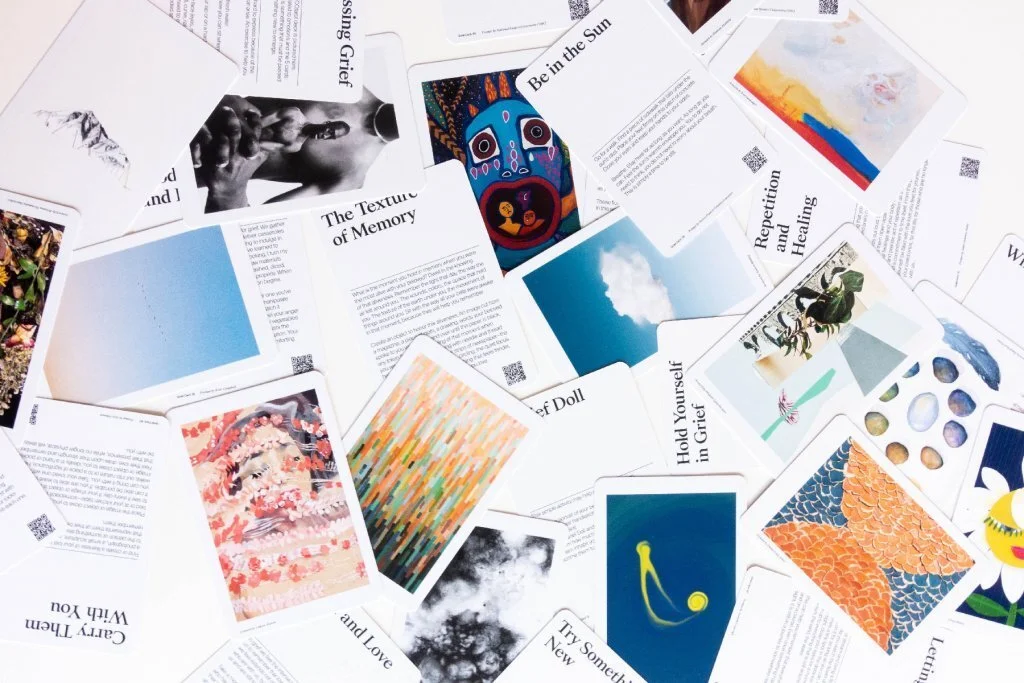Richard Theron Ketcher Jr. Born July 26th, 1947. Died September 1st, 2025. Rick was preceded in death by his father (Richard Ketcher), mother (Dorothy (Hartung) Ketcher), and brother (Mike). He is survived by his brother, David (Janis (Otte) Ketcher), and by his nieces Dana Ketcher (Ryan Tokarz), Sara Lemke (Eric), and Janelle Ketcher (Kyle Jordan) and nephews Alex Miller and Evan (Laura) Miller.
In high school Rick was a three sport athlete and went to Simpson college on a football scholarship. After college, where he was known as “two hundred and twenty pounds of twisting turning steel,” he was given an audition with the San Francisco 49ers. The 49ers found they didn’t need all that twisting turning steel and his time in training camp was short lived.
Soon after the tryout Rick was ordered to to report to his induction center where he was deemed physically fit and was loaded onto a bus and shipped off to Viet Nam. During his tour of Viet Nam Rick distinguished himself as a valiant warrior and was awarded the Bronze Star with the ‘V’ Device for heroism in combat after he raced across an open field in an intense firefight to hoist a fellow soldier, who laid wounded and stuck, onto his shoulders and brought him back to the relative safety of his entrenched platoon. He was later awarded the prestigious Silver Star (a medal just below the Medal of Honor), again for his heroics when the camp’s perimeter was breached and he engaged in fierce hand-to-hand combat. This battle nearly cost Rick his life. He woke out of a coma in a hospital in Japan.
After he recovered from his injuries he was released from the military and Rick took an airline job in Los Angeles for a short time but was attracted to the mountains of California and the glitter of the gambling industry in North Lake Tahoe. There he managed to secure a job working on the casino floor in a small Tahoe casino. While back in Simpson College Rick discovered he had a knack for playing poker and poker became his game of choice in the local Nevada casinos. Because he had established himself as a consistently winning player, in the late 1970’s, Rick took the leap, gave up his job and began playing poker for a living. Shortly after making the decision to become a poker professional, Rick and two friends went on a transformational road trip to Great Falls, Montana to play poker in a big annual game at the Montana State Fair. It was during that trip Rick realized he could travel, see new places, meet new people and pay his way playing poker. That opened up a new dimension in his life.
For the next forty years, Rick made a solid living playing the game he loved and lived his life on his own terms. He was widely respected as an excellent poker player but moreover as a man of the highest character with the greatest integrity. At one point he owned a beautiful home with a spectacular, panoramic view of Lake Tahoe. For years he was a terrific outfielder on a top local softball team as well as on numerous traveling tournament teams. Though he never married, Rick had several serious romantic relationships that evolved into significant lifelong friendships. Many of his pals remained closely connected to Rick long after he left Tahoe. Each year Rick and his core group of friends would gather for a Super Bowl reunion at various locations between the Mendocino Coast in the north and Mexico to the south.
Rick’s passing will leave a huge hole in the hearts of so many who were touched by his caring nature, his kindness and the sparkle that always entered a room at the same time he did.
Please share your stories of Rick in the comments below. Thank you to Glen Garrod for writing this obituary — please consider buying his book Missouri & Me: A Poker Odyssey which includes a full chapter on Rick.







